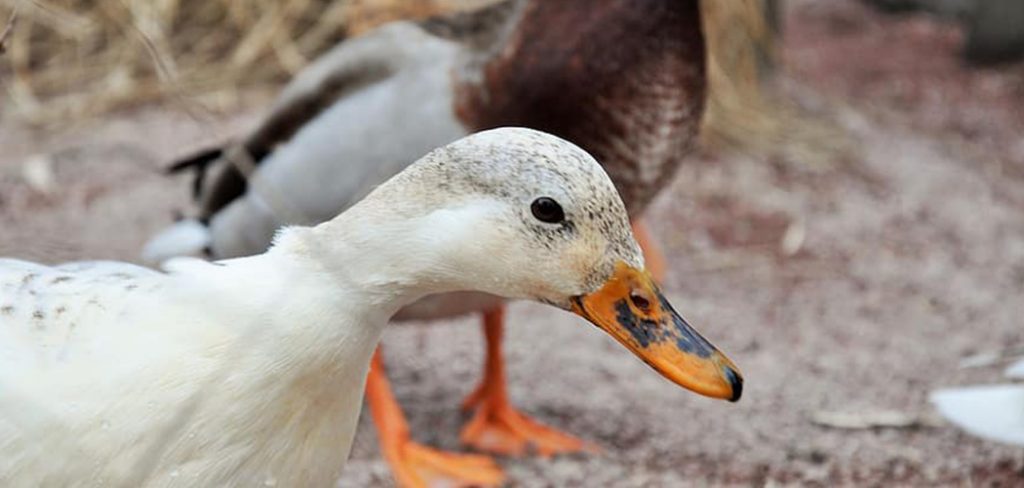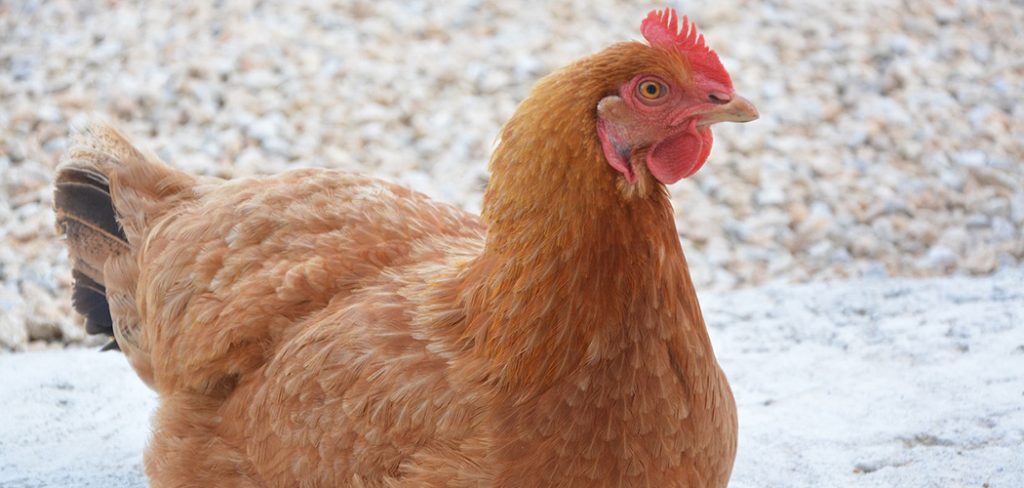This article talks about the types of bees and how to identify the kinds and nature of your Queen’s squad.
Melittology is the study of honeybees. When it comes to bees, the mind-blowing fact is that out of 20,000 species only one kind makes honey. In addition, humans eat the only insect made food and that is honey. Honeybees are proactive creatures. They huddle together and survive on honey. Their wings flaps for about 200 times in a second or about 11000 time in a minute. How the honey, royal jelly or bees wax made? Well this nature`s factory is very well designed with a hierarchy of a well-organized management. It is the most enriched source of nutrients with vitamins and energy. The storage capacity is for about 70mg. once the honey is stored in comb it is plug with bees wax. The taste and aroma of honey depends on the types of Plants honeybees visit. It grosses about 2 million flowers to generate about 2 pounds of honey.
Types of bees according to their roles
There are about seven main species in the family tree of honeybees. Furthermore, 40 sub species are cluster in type of honeybees.
QUEEN
Queen bee mainly for reproductive purpose. It has elongated abdomens more than her wings. As long as pollens are available, she reproduces between springs to fall. Her average life span is 5 years. She has the capacity to lay about 200 eggs each day. Some beekeepers replace the queens for the sake of productivity.
WORKER BEES (HOUSE BEES or FIELD BEES)
They are non-reproducible, as they cannot mate. They live for about 6 weeks. In their life span, they are able to make few drops of honey. They collects nectar from the plants using their bodies while contributing to pollinations. They store the nectar and then produce the wax or honey in honeycombs in their nests. Honeybees always make the honey 2-3 for more than their requirement in winters to remain safe. When they are threatened, they can sting too. Their mode of communication with each other is waggle dance as of someone finds good food they communicate with each other. They work for collecting nectar, producing royal jelly, capping the cells, maintain the hive by optimal condition of ventilation aeration, cooling and heating. They also defend the hive frim intruders. Worker bees in their early 2 weeks lives as house bees. For the remaining life span, they live as worker bees. When eggs are lay the older worker bees must raise the first generation of young bees.
DRONES
They are the male bees. Their major purpose is to fertilize the queen bee. They are greater in size and stout as compared to worker bees. They do not collect the nectar or produce wax. Seek food from hive or worker bees.
Types of HONEY producing bees:
- Italian honey bee
They have high production rates. Visual color is pleasing. It consumes honey rapidly.
- German bee
They can survive in colder weathers too. Appear dark brown in color. They are more susceptible to diseases so not so farmable for beekeepers.
- Caucasian bee
They have dark grey colored hairy bodies with longer tongue. They have lower production of honey because of the bee glue (propolis)
- Carniolan bee
It can survive in colder climates too. They are productive in summers and spring. Much acknowledge by beekeepers. They have so much hair on their body, which gives them a dark grey color. Over production may leads to swarming.
- Hybrid stock
These are the hybrid breeds types of bees..
- Buck fast bee
These bees can grow well in cold, wet weather. They are excellent in growth also they have lesser level of diseases. They can fiercely defensive
- Russian bee
They have unique behaviors. They have queen cells all the time not like their breeds, which build only queen cells when there is time to raise new queen
- Africanized bee
The forage at younger age and reproduce speedily and results in high yield of honey. They are highly aggressive though.
- Minnesota hygienic bee
As the name implies they are hygienic in behaviors. They have the best resistance to diseases, good producers of honey with lower aggression.
7 Commonly types of bees Species:
The genus APIS known as to produce honey and are believe to be true honeybees.
- Apis nigrocincta
They build medium size nests at around 400 meters. They form 2 types of combs one is for workers one is for drone.
- Apis melifera (Western honey bee)
It is the most common species of all. It is social in nature.
- Apis koschenikovi
Dark brown bands on abdomen however queen and drones have dark brown bands and workers have orange bands on abdomen. They live in small colonies.
- Apis cerana
It has 8 subspecies found in extensive kind of climatic regions. They build nest with multiple combs with a trivial entry, which guards them from threats. They are popular for their thermoregulation and defensive nature for diseases.
- Apis dorsata
They build nests at greater height. Their hives are important source of honey and bees wax. They have extremely painful stings so their attack can be fatal for humans.
- Apis florea (red dwarf honeybee)
They build open nests and form small colonies that is why they are susceptible to marauders. They build a single comb nest on a single branch.
- Apis andreniformis (black dwarf honeybee)
They mostly found in tropical and subtropical areas. Are mostly dark in appearance specially the queen. They form open-air single combed nests in darker areas of forest. Humans used them to crop commercial things as; honey, wax and bee venoms.
CONCLUSION
Bees are completely herbivores. This kind lives in colonies. Honeybees rummage around their hives for about 5-mile radius. They store honey in their second stomach. Which do not digests the nectar and let them save money for later. Bees can be categorize on basis of roles, productivity, unique traits or behaviors. On basis of similar traits, they are name as bee stocks as they are group.
Check my other articles on DIY beehive designs and DIY mason bee house.

